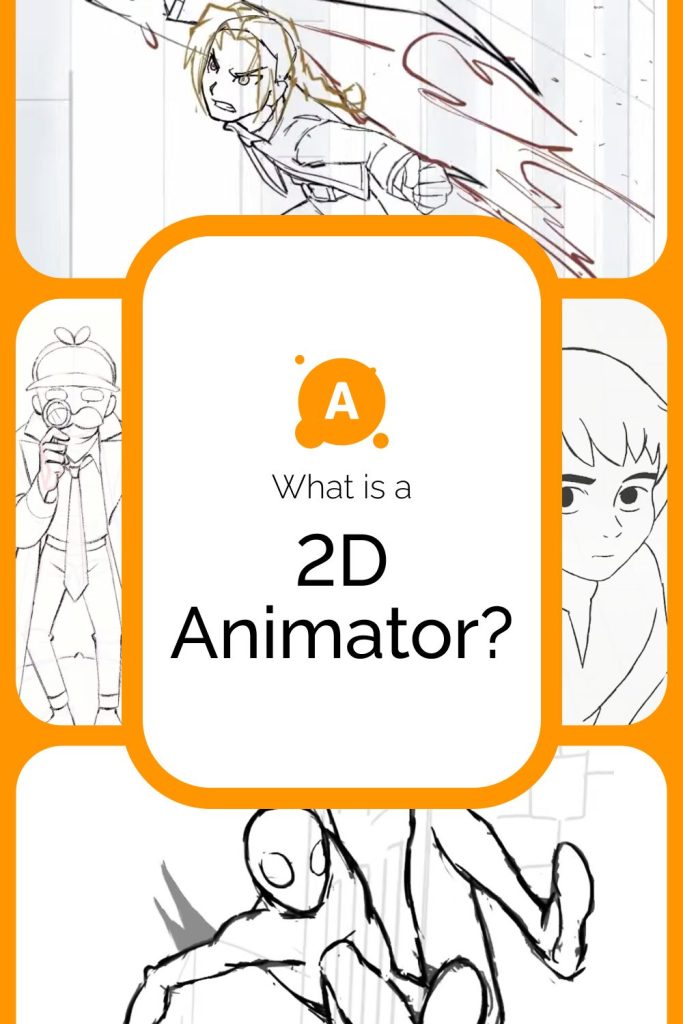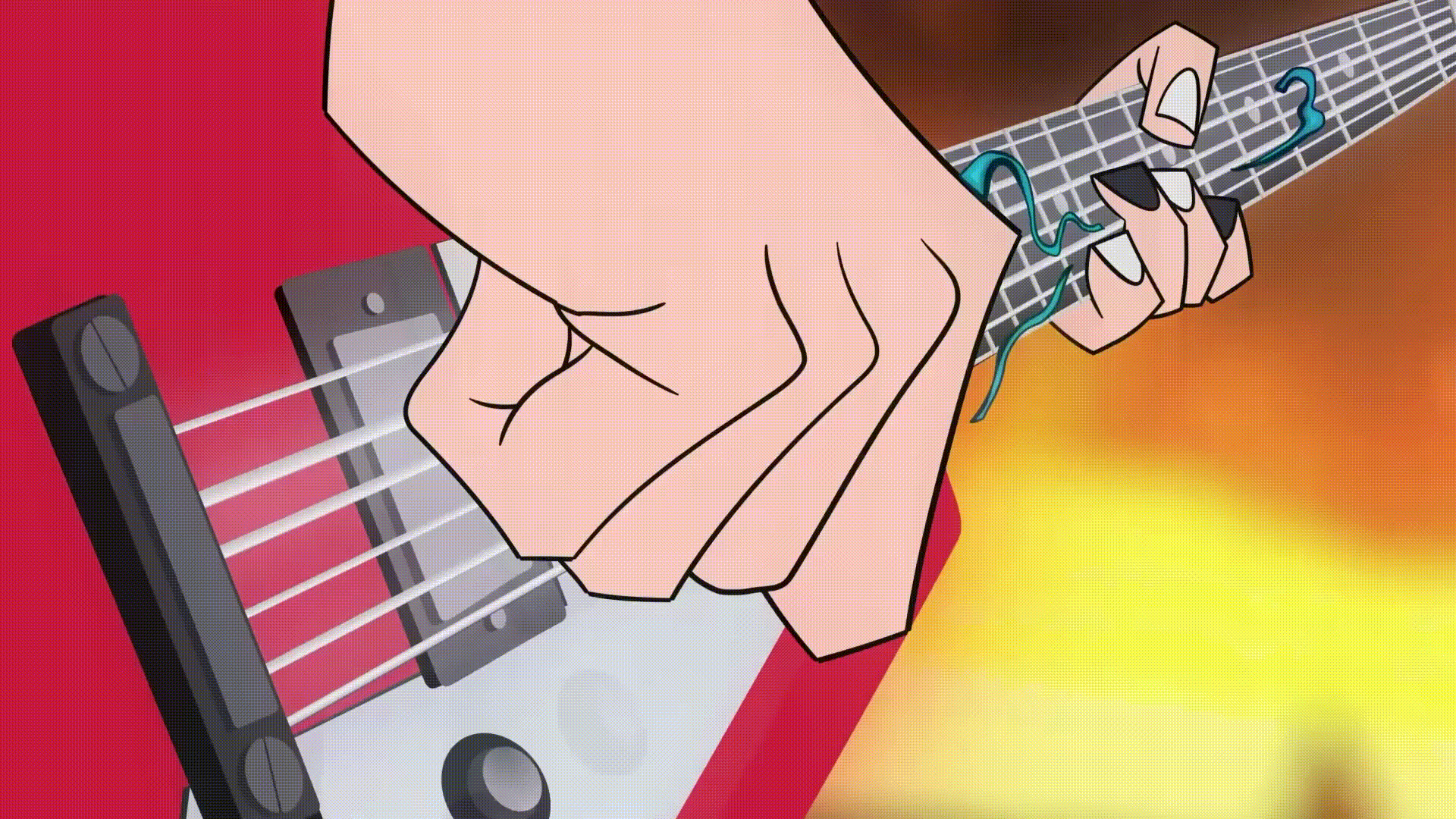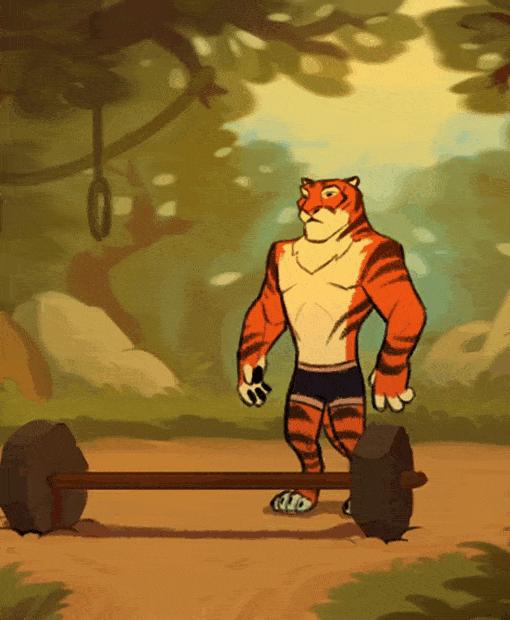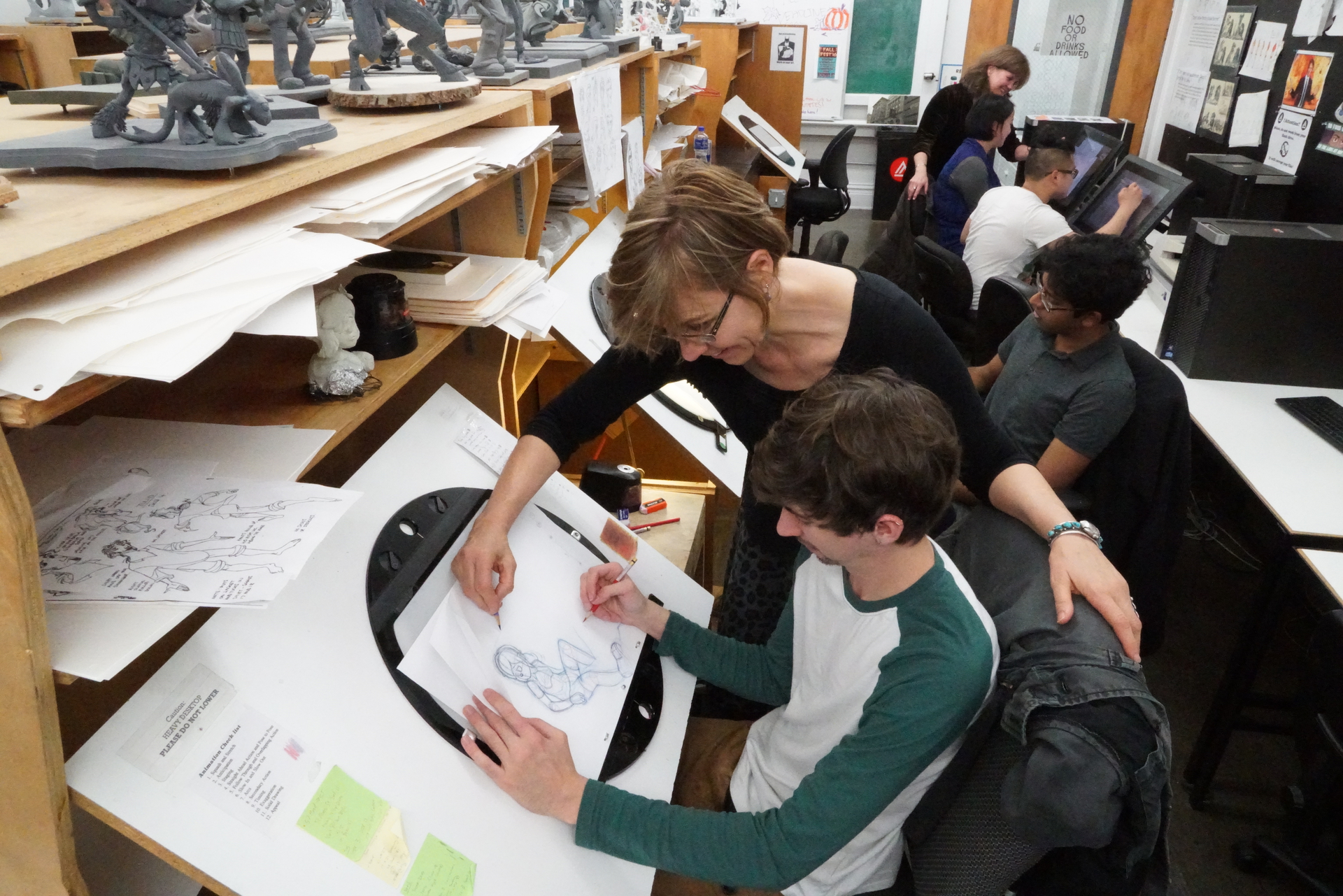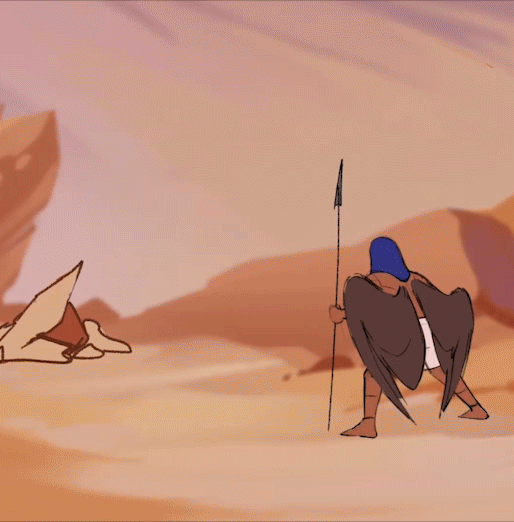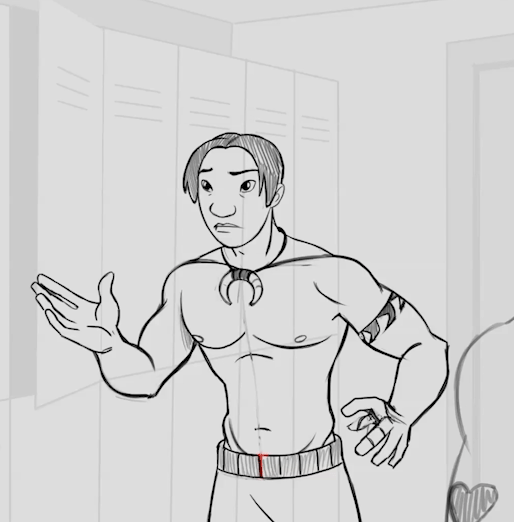The profession of a 2D animator is an opportunity to blend creativity and technical mastery. Thanks to this technique, animators can breathe life into stories, characters, and worlds, creating visual magic. Let’s explore what 2D animators are engaged in today.
About the 2D Animator Profession
A 2D animator creates the illusion of movement on a flat surface. Today, in the industry, 2D animation is predominantly done using software such as TVPaint, Adobe Animate, Toon Boom Harmony, Moho, After Effects, and Adobe Photoshop, while the traditional method of drawing frames on paper is extremely rare.
In addition to the visual aspect, an animator must have an understanding of psychology, anatomy, and the ability to observe the surrounding world. This profession demands hard work, patience, and many hours of effort. However, the magic created on the screen justifies all the efforts.
The demand for specialists continues to grow year by year. After the boom of 3D projects in the early 2000s, 2D animation managed to reclaim a significant portion of the industry and find new forms of expression. The trend towards 2D is evident in projects worldwide, including domestic studios.
Now let’s discuss the salary aspect. Junior animators in France typically earn between 2294.41 and 3026.30 EUR on average, although more attractive job offers are not uncommon. Most studios are interested in their professional growth and encourage diligent employees with promotions and increased compensation. The salary for middle-level specialists ranges from 3026.30 to 4 551,21 EUR, while senior 2D animators earn from 4 551,21 to 5 378,71 EUR, sometimes even more. Such salary variations depend on the number of projects, responsibilities, and the size of the studio, but most importantly, on the animator’s skill level, the quality, and speed of their work.
Now let’s move on to the main areas where 2D animation is used:
Cartoons
2D animation in cartoons allows for the creation of emotionally expressive characters with detailed facial expressions, gestures, and poses, making them more realistic and appealing to viewers. There is a vast field here for experimenting with shapes, color palettes, backgrounds, and transitions between scenes. Thanks to this, animators can convey moods and ideas more flexibly than, for example, in 3D.
Games
In games, 2D animation is used not only to bring characters to life but also for visual effects and animating interfaces. There are no genre limitations; it can be applied to platformers, fighting games, RPGs, and more.
2D animation allows developers to distinguish their project among competitors and optimize costs. It is well-suited for mobile games, where device performance is crucial.
Advertising
Many companies use animated characters and elements in promotions, including videos, banners, branded stickers, and more. 2D animation enables cost-effective content production and allows for relatively easy adjustments. Given the growing market for internet advertising, 2D animation will remain in demand for a long time.
Conclusion
2D animation is a vast and fascinating field with numerous processes and specialists. We’ve only touched on the main directions here. For more detailed insights into the animation production process, you can check out this stream:
If you dream of a career in the world of animation, Animation School is a fantastic place to begin! Here, you can develop as an artist, learn the fundamentals of animation, and master the creation of visual effects. Unleash your creative courage, defy gravity, and let your imagination run wild! Discover more about the courses and join the world of animation.
Article prepared by Maria Beskorovaynaya.
